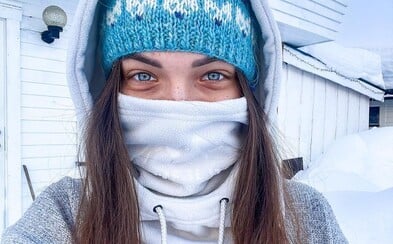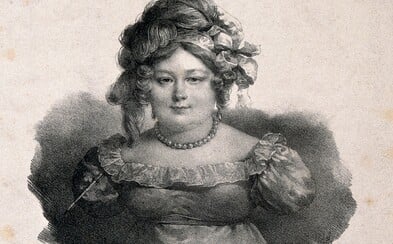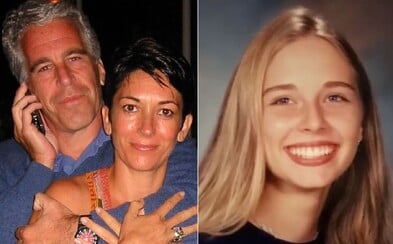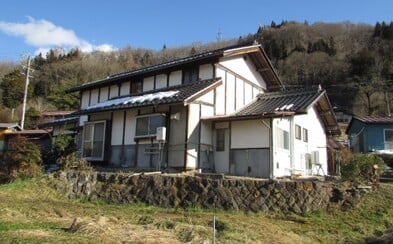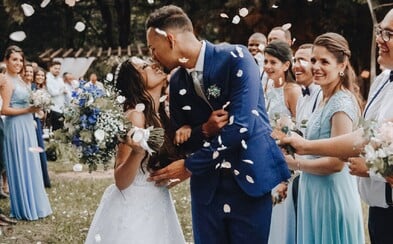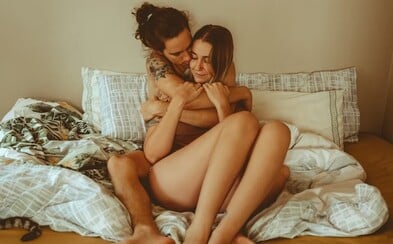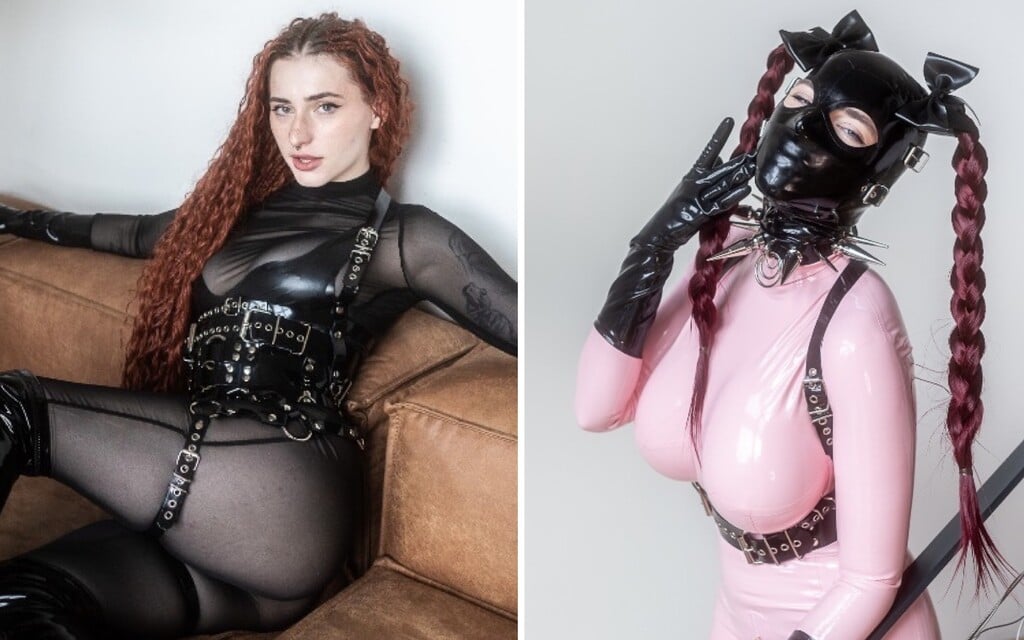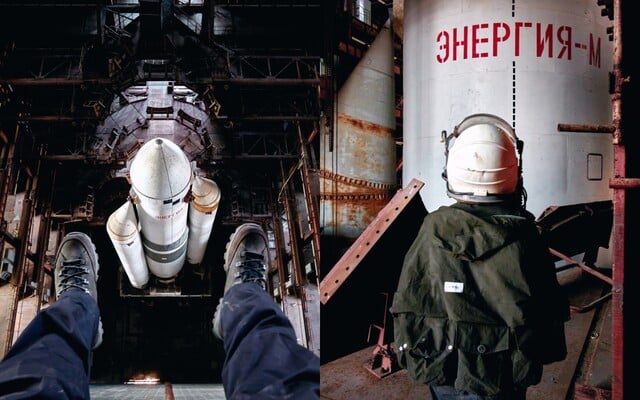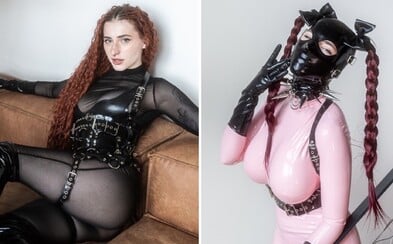 Latex model Natália: It turns me on to be a live f*ck doll. I can turn into a completely different person
Latex model Natália: It turns me on to be a live f*ck doll. I can turn into a completely different person
Latex model Natália: It turns me on to be a live f*ck doll. I can turn into a completely different person
Latex model Natália: It turns me on to be a live f*ck doll. I can turn into a completely different person
Lapland: The Sun Does Not Rise For Up To 54 Days During The Extreme Winter, They Have -30 Degrees Temperatures And Aurora Borealis
Lapland is not a typo. Lapland is the home of Santa Claus, a land with half a meter of snow on the windowsill, frozen eyelashes and eight seasons.
If problems persis, please contact administrator.
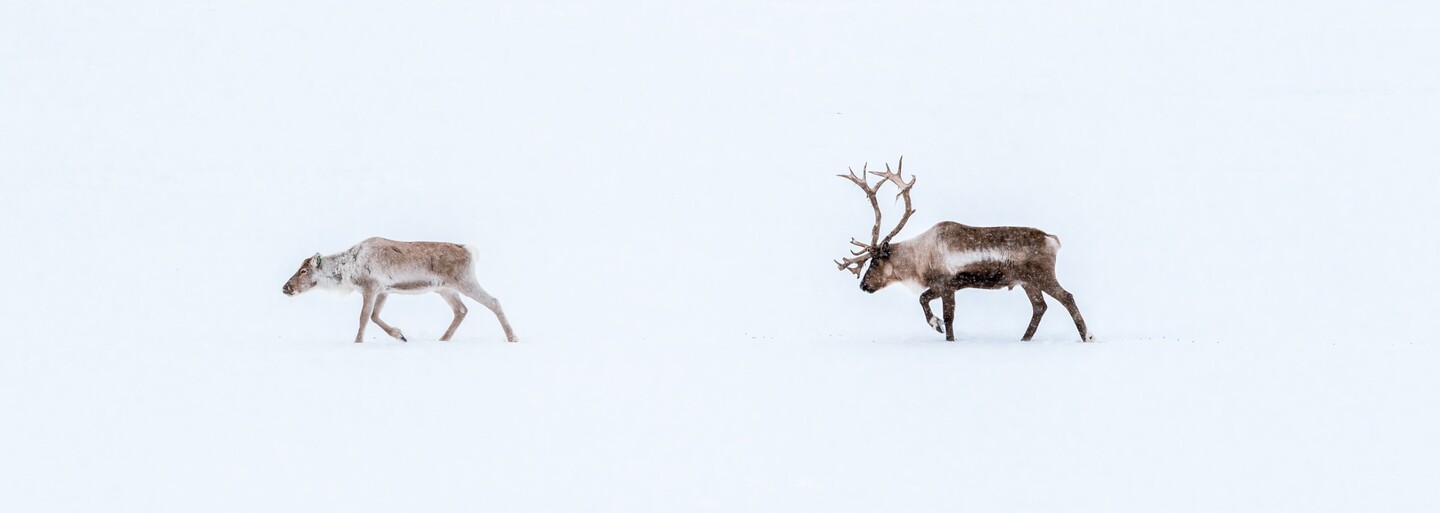
When you hear Lapland, you might automatically think of reindeer and Santa Claus village. However, this area offers a ton of attractions that make it worth booking a plane ticket and going on an adventure. It extends mainly on the territory of Finland, but also occupies the northern part of Norway, Sweden and a small part of Russia. It lies beyond the Arctic Circle, where you can experience the beauty of untouched nature at every step.
The territory beyond the Arctic Circle is undoubtedly an attractive place for tourists who want to experience a real winter with a good amount of snow. Now that you know the basics, let's take a look at the nitty-gritty.
If Santa isn't home, go to the ice bar
You may have heard that Santa lives at the North Pole with his reindeer. You can find his residence on the Korvatunturi hill near the village of Savukoski. You can even send letters to his address at the Finnish North Pole using the postal code 99999. Santa lives in Korvatunturi, but do you know where he works?
Not far from Rovaniemi, the largest city in the Finnish Lapland region, is the village of Santa Claus. It is approximately eight kilometers from the city and you will find his "office" there, among other things.
The Snowman World zone is very popular among tourists, you can find ice restaurants, an ice bar and various winter attractions here. You can surprise your loved ones, for example, by sending them a postcard from Santa Claus' main post office.
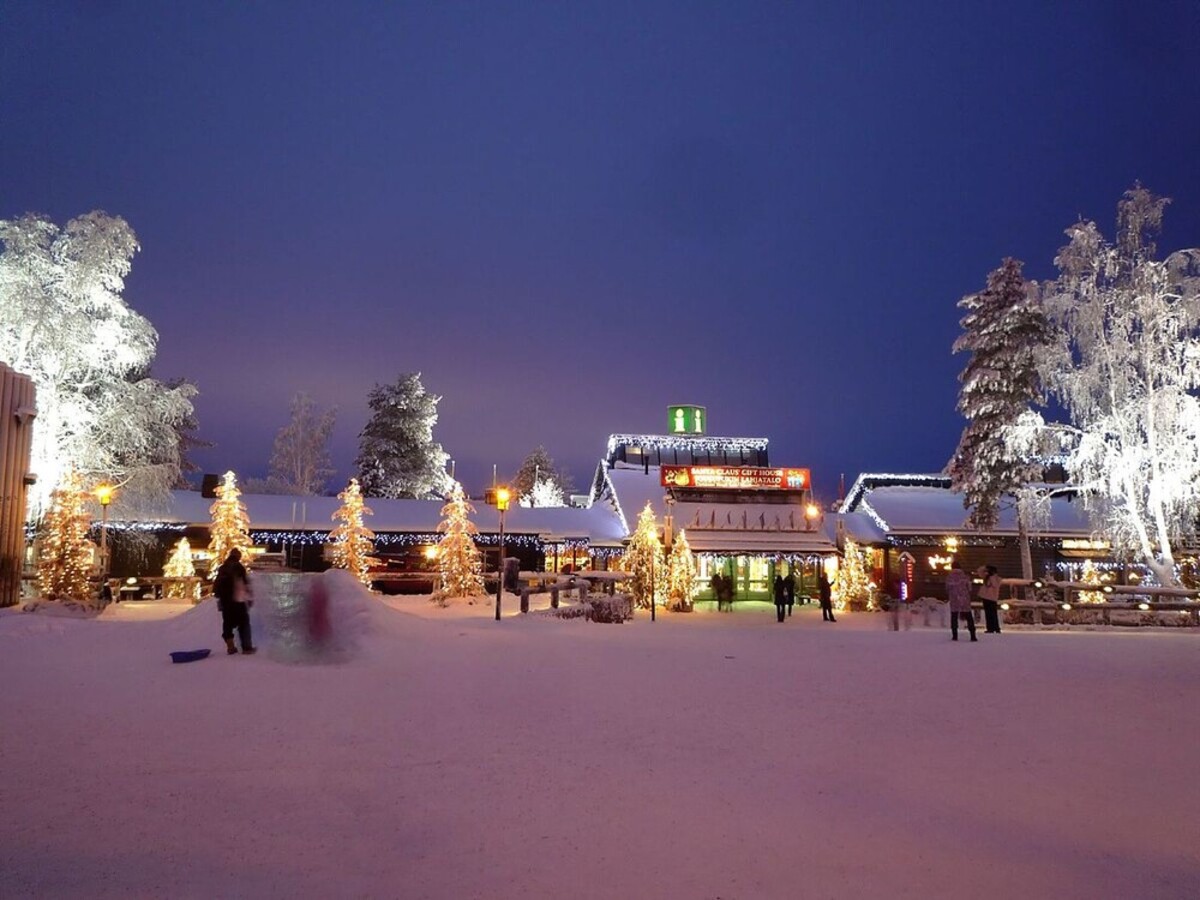
Reindeer vs. human: 1 : 0
Reindeer have been a hallmark of Finnish Lapland for a long time. The original inhabitants, the Sami, were traditionally reindeer herders, and reindeer races have been held in Finland since 1932. If you look at the city of Rovaniemi on a map, you'll notice that it's shaped like a reindeer's head with streets arranged like its antlers.
The human population is tiny in Lapland. More than two hundred thousand reindeer live here among 178,000 people. In winter, even more. These animals are semi-wild, so in the summer they can roam freely, but in the winter they are kept in fenced areas. It is also interesting that every single reindeer in Lapland has its own owner.
However, reindeer are also a source of food. Meat can be prepared in many different ways, for example, residents dry it, smoke it and serve it in the form of steaks. Among the most popular dishes is sauteed reindeer, which is traditionally served with mashed potatoes and cranberry jam in Lapland.
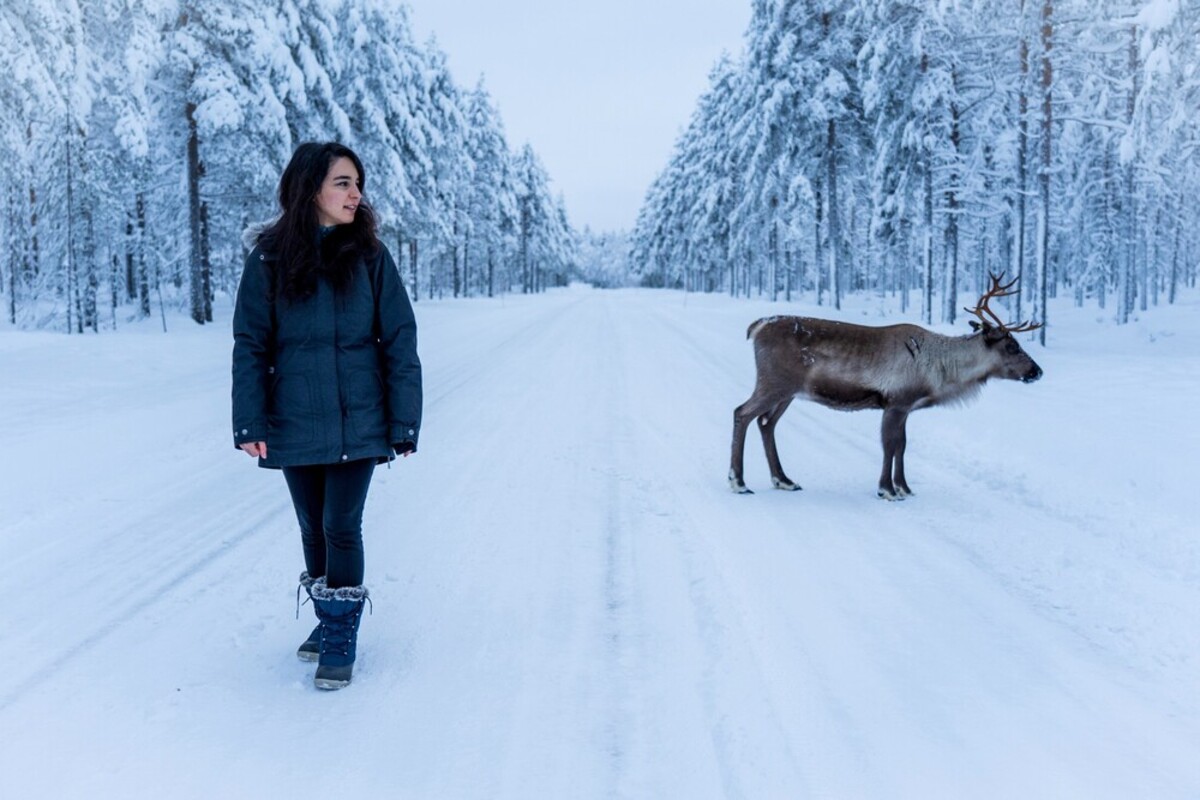
Gifts for... rocks?
The people of Lapland give gifts to the holy places in the country. Many natural formations, such as hills, rocks or trees, are considered sacred. Laplanders call these places seitas and once upon a time they brought them gifts in the form of fish heads and pieces of reindeer horns.
The Holy Spirit was supposed to bring them luck in hunting. This tradition has been preserved until today, and residents still bring gifts to sacred places. However, the fish heads were replaced by coins, which are also supposed to bring good luck.
Lapland has more than 4 seasons
There are really twice many of them in Lapland as here. Why? They were created by the indigenous Saami people. In addition to spring, summer, autumn and winter, they divided the year into four other transitional periods. The reason is the close connection between the Saami culture and reindeer herding. The eight seasons are directly related to the annual behavior patterns of these animals. So what seasons are these?
The year begins with the so-called freezing winter, which comes after the polar night period. During this period, the days are still short and it is almost always dark outside. At that time, Lapland is ruled by the harshest negative temperatures of the year, and residents are not surprised when they measure negative 30 degrees Celsius outside.
A snowy spring follows, which is the first of two springs following winter. Temperatures still drop very low during the night, but the days are warmer and there is much more light. This period is the best for observing the northern lights and for winter sports enthusiasts, also for skiing. The second spring is called jagged sun. Nature is waking up here, leaves are appearing on the trees and the ice in the streams is melting.
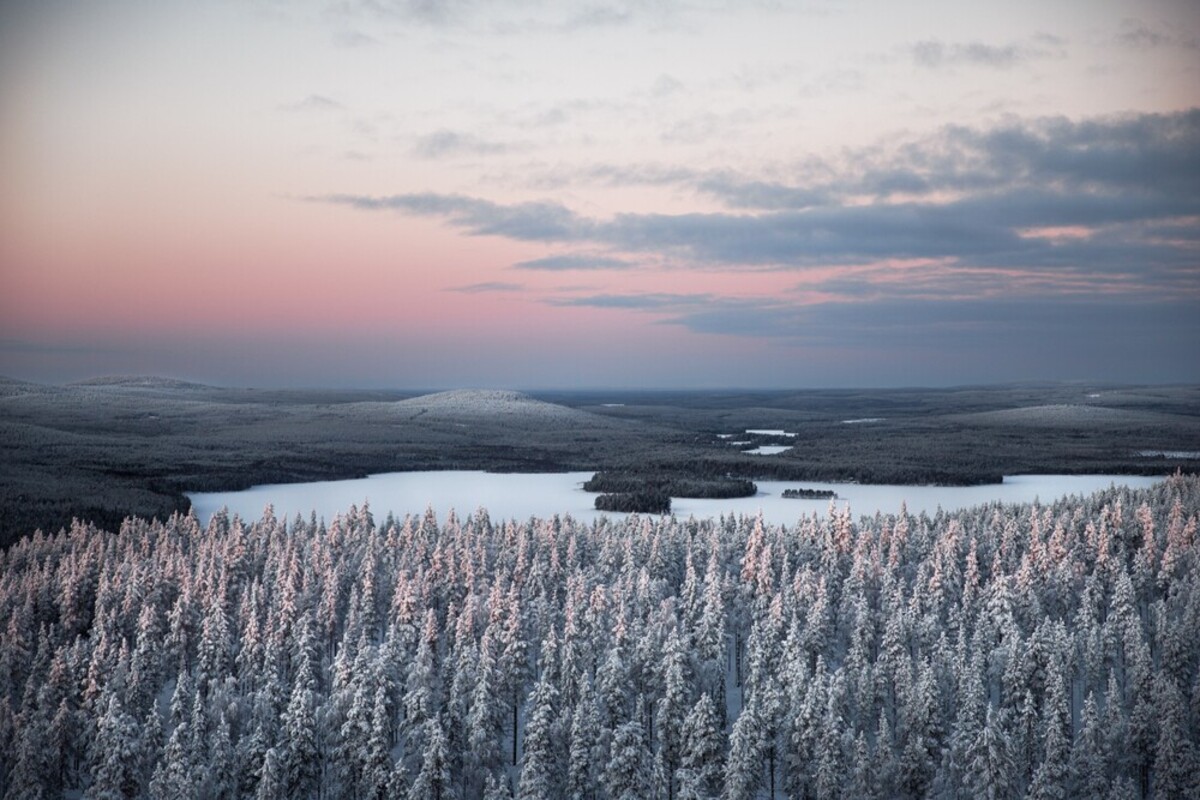
After two "springs" comes a period called night-not-night. It is the Lapland summer, when the sun does not set even late in the evening, meaning, you can see the rays shining from beyond the horizon even at midnight. In addition to reindeer, less popular mosquitoes also appear. After night-not-night comes the harvest season, when summer is at the turn of autumn. The animals are stocking up for the winter and the sun is already setting behind the horizon in the evening.
The next season is autumn foliage. In addition to the fallen leaves, it is also the season of the aurora borealis beginning and the reindeer starting their mating season. The period that follows is called the first snow. Temperatures begin to drop, nights and days are equal in length, and streams slowly freeze.
The year ends with the last of the eight seasons, the Christmas aurora borealis. There is silence, snow and darkness everywhere. Temperatures drop, snowpack rises and the sun seems non-existent during this period.
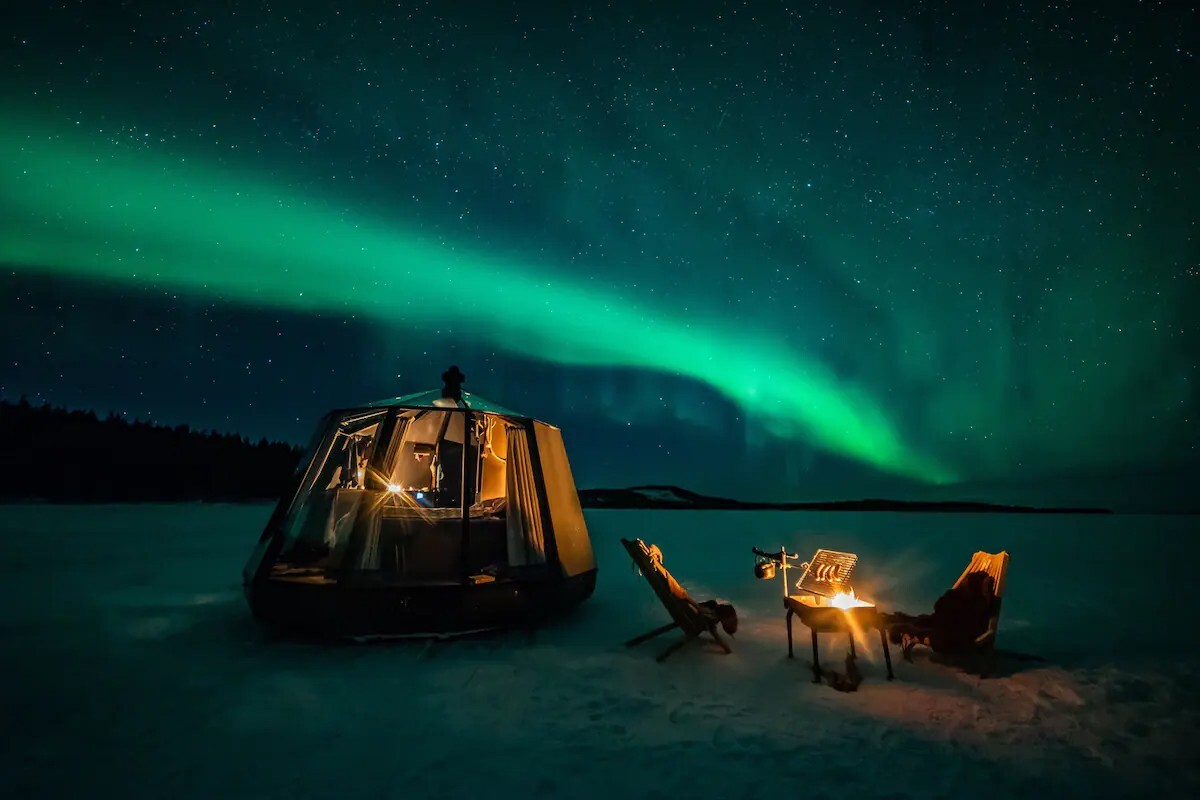
Sauna as a Christmas tradition?
Different region, different manners. In Lapland they have really interesting Christmas traditions. Among the oldest is the sauna, when the whole family meets in the sauna on Christmas Day afternoon. They enjoy peace and quiet, and the purpose of the sauna is to cleanse the body and mind.
But let's go back to the beginning. Finns and residents of Lapland prepare for Christmas a month before, at the beginning of Advent, when they also organize Christmas markets. Santa comes to them in the same way that Jesus comes to us on the day of the Christmas dinner. The first festive course begins with a traditional breakfast with rice porridge and plum juice. In the early evening, the main feast is held, which must include baked ham, dried salmon or beetroot salad. Homemade beer and glögi mulled wine literally flow.
After Christmas dinner, Santa or Joulupukki comes to the household. It is a tradition that he always brings gifts to Finnish children first before going to the rest of the world, so many children do not open their presents until the morning of December 25th. "Are there any well-behaved children here?" is his question upon entering. The kids, of course, go wild and shout to Santa that they are good.
If you are interested in the name Joulupukki, read on. It comes from the story of an evil Christmas goat that once allegedly haunted the locals and took their presents. However, she changed over time and started giving gifts instead of taking them. She only absolved the children who disobeyed and gave them a sack of coal instead of gifts.
Lapland has the cleanest air in the world
When you visit the village of Muonio in western Lapland, one thing may surprise you. The air. This village has the cleanest air in the world. Thanks to the low population and the low intensity of traffic, as well as improved cleaning technologies, the air quality in Finland and especially in the northern region of Lapland has been excellent for years.
Accommodation in an igloo
The icing on the cake at the end is this Airbnb accommodation. Igloo Aurora, located on a mountain pond in the village of Utsjoki, offers accommodation for two people. The glass walls allow visitors a unique experience in the form of a view of the sky full of stars. If you're lucky, you can even see the northern lights. It includes a hot tub and, of course, a Finnish sauna. A night in an igloo will cost you 300 euros. So, are you going?

If problems persis, please contact administrator.

